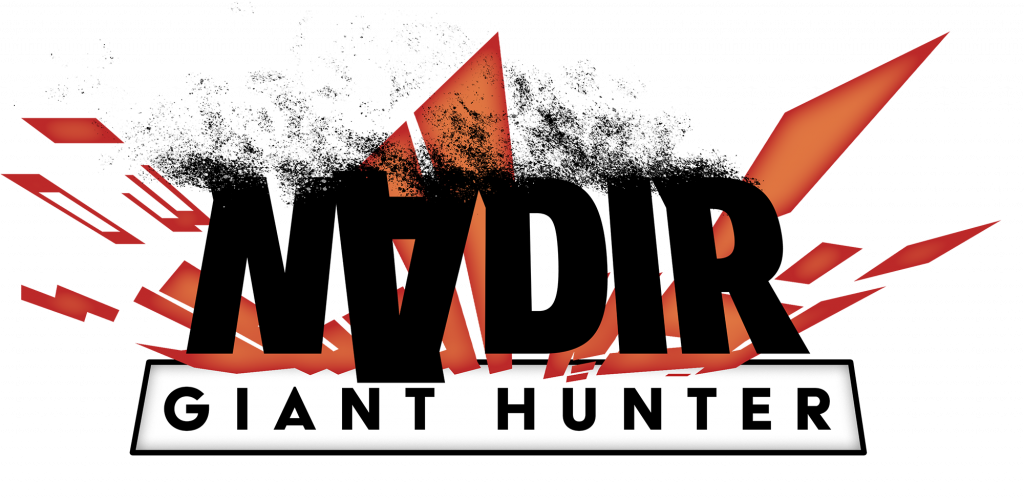Nadir : Giant Hunter
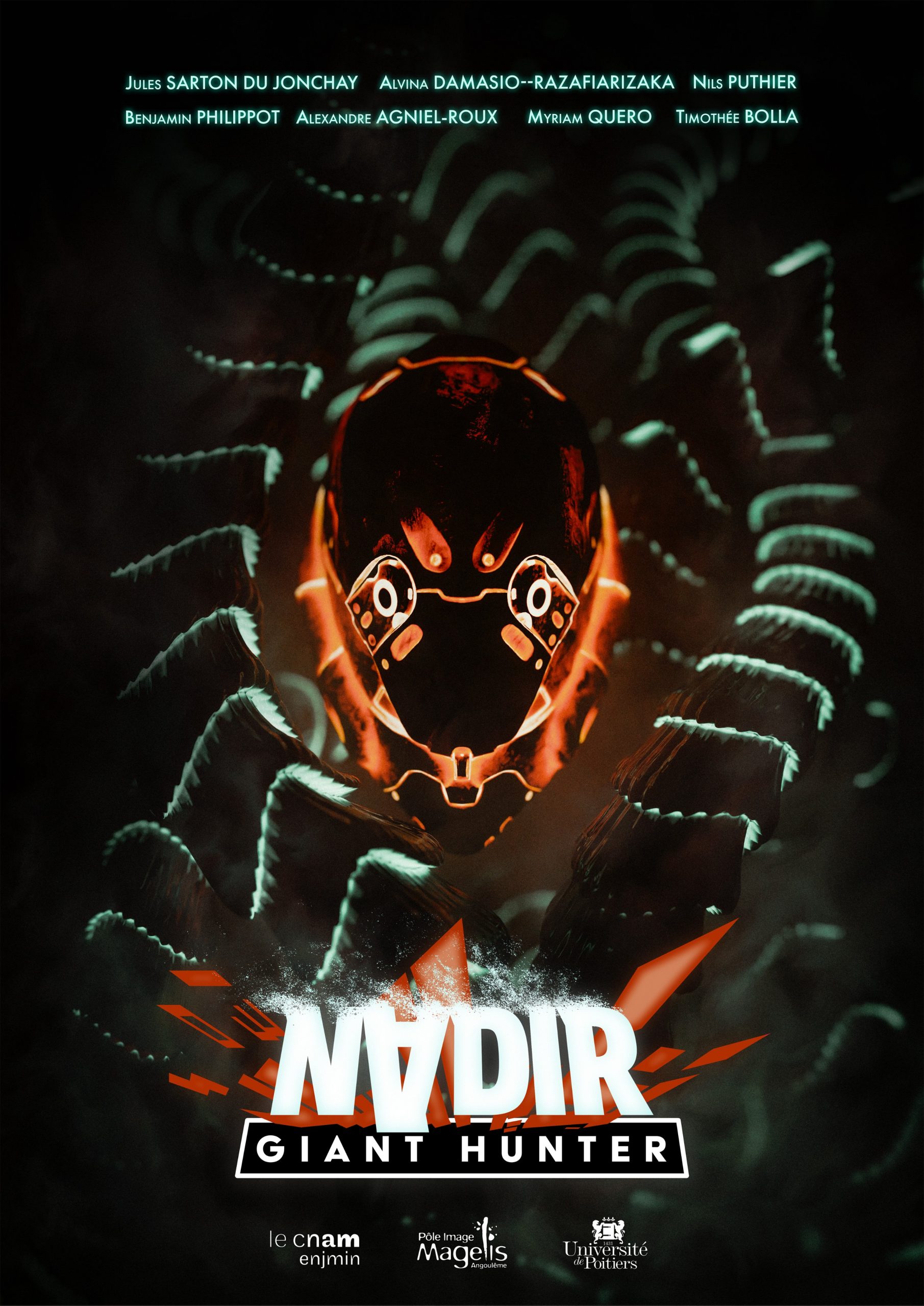
Project Overview
Nadir : Giant Hunter is a fast-paced action game in which you swing around an abyssal rift using grapples and kill huge creatures as quickly as you can.
This game was developped in 3 months using Unity, being the final project of the 1st year of my master's degree. It had to be a polished experience lasting for 10 minutes maximum
On this project, I worked as a User Researcher, UX Designer and Sound Designer
Challenges
- Nadir being a fast-paced game in which you move around extremely fast in a 3D space, we knew from the beginning that motion sickness would be a key concern in accessibility.
- The 3Cs (Charcter, Controller, Camera) in such a game are a crucial part of the experience and required a particular attention.
- We needed an efficient onboarding, teaching players how to play the game quickly to match with the 10 minutes experience criteria.
- We established that playtests were going to be extremely important to determine if the experience was matching everything cited above, with a special focus on game feel and motion sickness.
- I was also the sound designer on the project, meaning I also had to create all the sound effects as well as the interactive music. I will not go in detail about this challenge to focus more on the UX/UR work I did
My Work
Accessibility
Early on in the project, I made a Sheets document detailing the accessibility features we could implement in the most exhaustive way possible, taking into account all the constraints our game could have. I used the Game Accessibility Guidelines as a reference and applied it to Nadir. The most important elements were determined to be the following :
- We wanted players to focus on action, and for this we wanted the controls scheme to be simple and fully remappable
- For the same goal, and to reduce the cogntive load, we wanted to have contextual help reminding the player of the controls. When an action was possible (killing a creature for example), a corresponding button would appear close to the center of the screen.
- A customizable camera, to prevent the motion sickness effect. For this, it is for example possible to customize the FOV, sensitivity, and camera effects such as motion blur which may induce sickness for some players
Find all the features and major points of interest I listed very early on in the project here (french document) :

Artwork by Nils Puthier and Benjamin Philippot
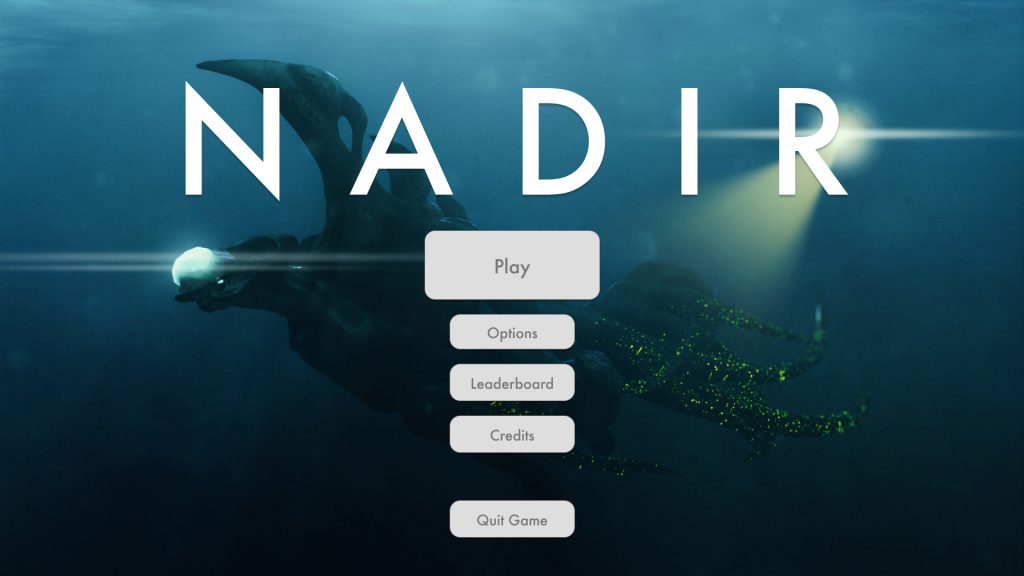
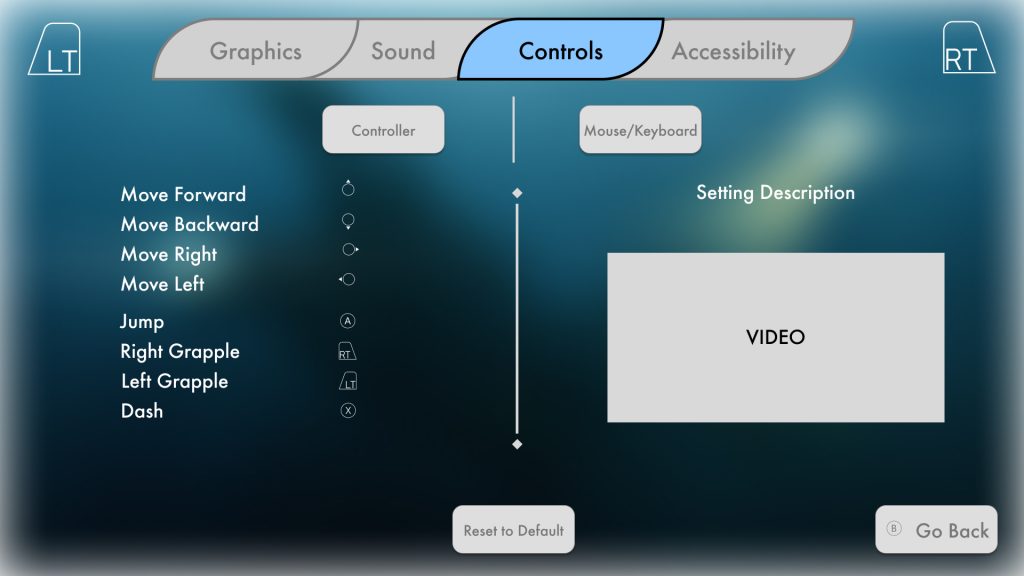

UI Prototyping
I made a low-fidelity functional prototype of the menu interface using Figma. It allowed me and the team to very quickly have a clear idea of the interactions that would be going on in the menu. All the buttons are interactible and lead to another menu.
- The play button leads to a very early and very low-fidelity of what the onboarding could look like. It was just a way to illustrate it briefly. The goal here was to teach the player every mechanic in a linear way, without any negative consequence nor time constraints before entering the arena.
- Options were divided in 4 distinct sections for clarity and information hierarchisation. You can see that in the controls menu prototype, fully remappable controller and mouse/keyboard bindings were anticipated by design. We also had a dedicated tab for the accessibility settings.
- Since we were making a competitive time-attack game, we planned early on to have an online leaderboard so that people could share their performances and see the best times. Hence, there was a dedicated menu needed for this.
You can check out the functional prototype directly by clicking on the button below.
Playtests
In the very tight 3 months time constraint we had to develop the game, we opted to test the game in 3 different ways :
- Internal playtests, meaning that the team would regularly play the game and we would gather information about bugs and things that weren't feeling right
- We were also testing the game via external feedback in a "guerilla" way, often inviting other students who were not participating in the project to test the game. This way, I would gather feedbacks in an informal way for the team
- We planned one big and official playtest, with a clear protocol which I was responsible. I took care of designing the protocol, organization, recruitment, passation and data analysis.
All the methods were useful but the official playtest remained the one which gave us the more information and really helped us shape the directions we were going to go for the last phase of the project :
- 11 targeted people participated in the playtest and answered 10 questions regarding the game.
- All the sessions were recorded so that the team could watch the testers play later
- Qualitative and quantitative data were collected from the questionnaire I designed and gathered in a Sheets table so all the data could be found in one place.
- I analyzed the results and made a report that was presented to the whole team, giving insights and recommendations.
You'll be able to find the sheets table as well as the report I made for the team by clicking the buttons below. (in french)
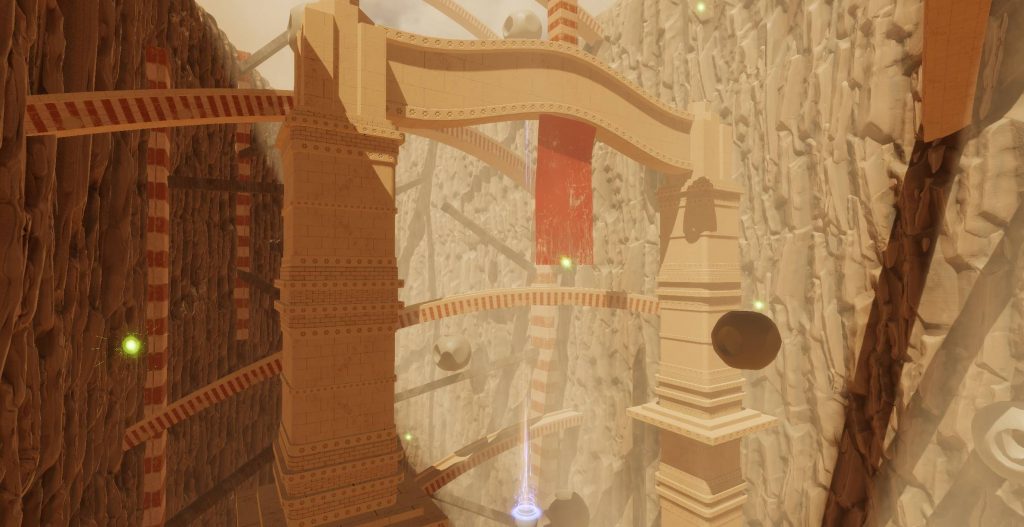
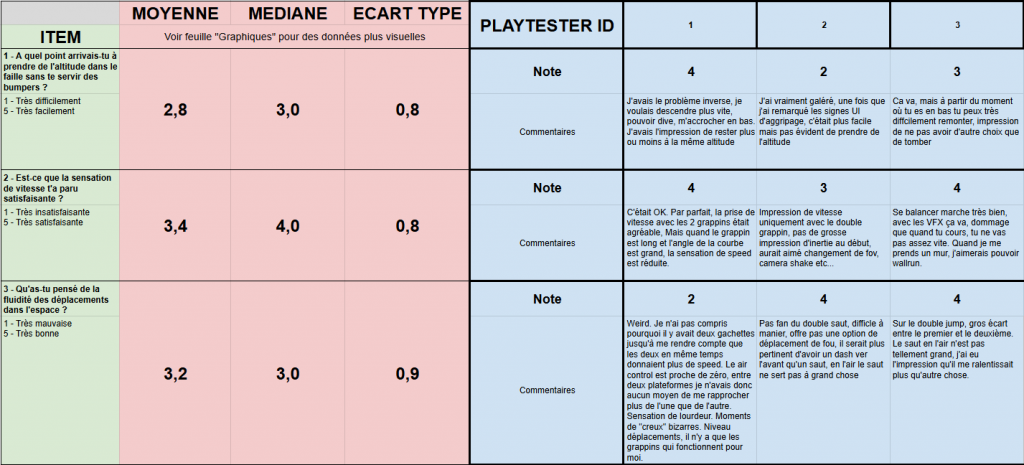
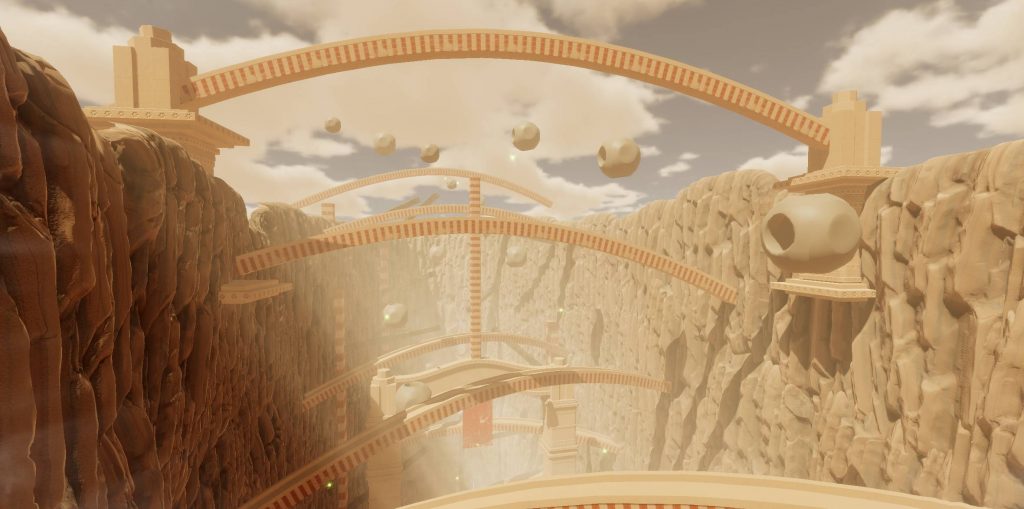
Sound design
Given that I also am a Sound Designer for video games, and that we did not have a sound designer in the team, I took care of designing all the sound assets needed for the game :
- I designed and integrated all the sound effects in engine.
- I created interactive music.
- I took care of the sound mixing.
- I created the music and sound effects of the trailer and mastered it.
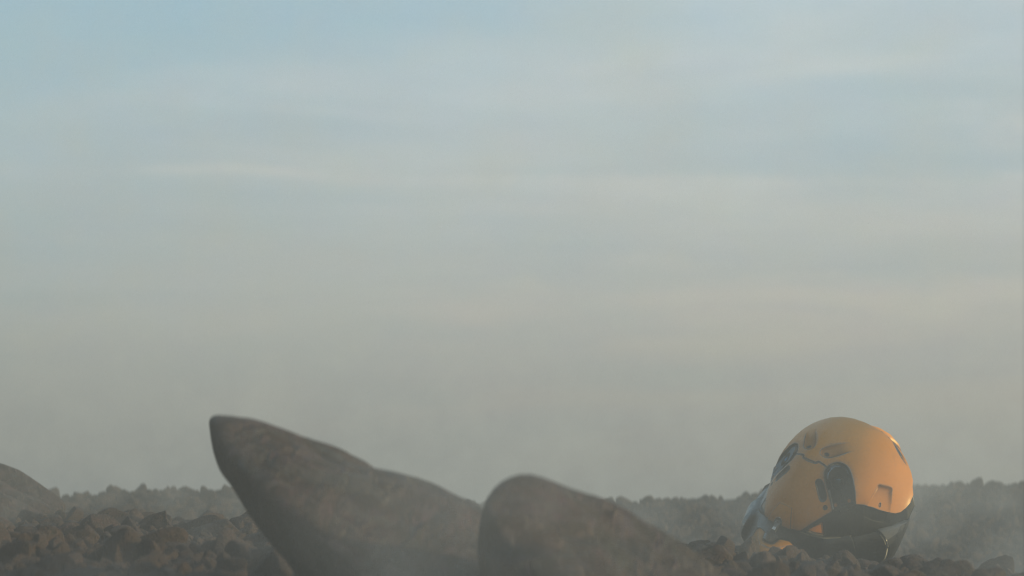
Results
- We were really proud as a team of what we were able to accomplish in such a short amount of time. We had a really ambitious project and we knew it from the start
- Of course, we were not able to integrate everything we wanted, but we in the end we still managed to release a game a game that is genuinely fun once you master it, and most importantly we really enjoyed working on it.
- The game is available in it's full version for free download on itch.io, make sure to check it out !
- Playtests showed that with the settings we implemented, the game (although it was really frantic and fast paced), didn't cause motion sickness thanks to the accessibility settings we implemented
Takeaways
- Nadir was my first big project as a student, and I had quite a few roles to play on it : UX Designer, User Researcher and Sound Designer. I'm glad because I managed to split my time evenly and overall I'm really proud of what I achieved on a peronal scale.
- I leared to communicate efficiently with the 7 students involved in the projects : programmers, artists, managers and game designers. We functioned like a small indie studio and it was a great experience to live
- I learned that closing on a deadline is hard, and that choices sometimes have to be made for the benefit of the game. Some of the elements that I designed for the UI and the accessibility of the game couldn't be implemented, but I'm fine with it and it made me realize the reality of most design job : it is really difficult for a game to come out exactly how you planned it.
